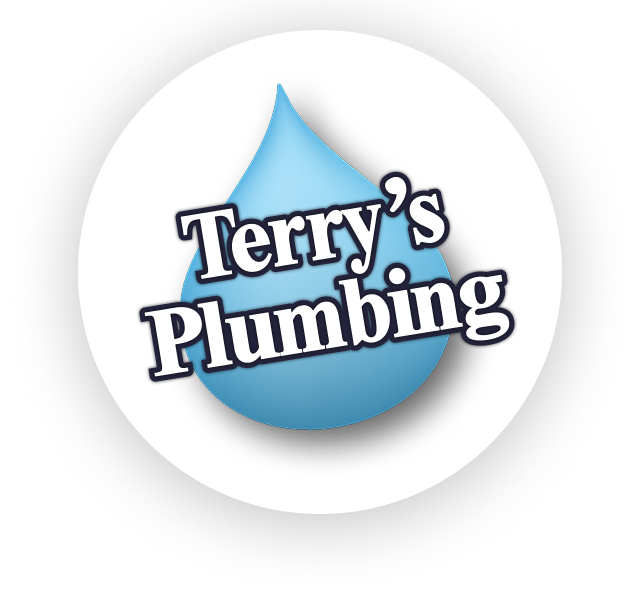Pro TIps
DIY Plumbing Mistakes and How to Avoid Them
Plumbing projects can be challenging, but also rewarding. When you go it alone, you’re responsible for all precautions, the work itself and the outcome. However, it’s not uncommon to hit a few roadblocks along the way. We’ll explore some of the most common DIY plumbing mistakes and what to do about them.
Forgetting to Turn Off the Water
The first step to any plumbing project should be turning off the water, which protects your workspace and your home from leaks and water damage. Some components have their own shutoff valves, but if you have trouble finding or accessing this, shut off the main water supply to avoid project complications and thousands of dollars in damage.
Even quick repairs aren’t immune to the possibility of water leaks. Swapping a faucet? Play it safe and turn off the water, because you could encounter hiccups during installation, causing water to spill if it’s been left on. Once the water supply has been turned off, turn the component itself (sink, tub, shower, etc.) to the “on” position for a few seconds in order to clear the pipes.
Overusing Drain Cleaner
You want a quick fix for that clogged drain. You don’t have time to waste on lengthy repairs. Drain cleaners are effective in the short run, but many folks rely too much on them to clear problems like sink clogs. Solving plumbing issues this way might be convenient, but these chemicals cause additional problems over time, making this one of the most costly DIY plumbing mistakes. Pipes begin to corrode over time, resulting in leaks and necessary repairs. Chemicals might even build up and make the clog worse!
So what can you do instead? If possible, do the manual labor of unclogging the drain with an auger or drain snake, which will remove obstructions. Failing this, cleaners may be used—but only natural varieties. In fact, you only need to turn to your pantry for the ingredients. Sprinkle the drain area with some baking soda, then pour down a bit of vinegar. Let it sit for a few hours, as this will produce a chemical reaction and push debris from the piping. Round out the repair by running hot water down the drain to clear the compound away and finish removing the clog.
No Slope on the Shower or Tub
To our bodies, the bathtub and shower feel level to the ground. But have you ever looked really closely at the area near the drain? There’s generally a minor slope, and if not, you’ll have a problem later.
Shower and tub floors are sloped about 4% to easily allow water to flow towards the drain. During installation and remodeling, ensure that this necessary slope is accounted for in order to avoid problems like standing water, slow drains and water seeping into tile grout (causing mold and mildew).
Plumbing Problem Got You Stumped? Call Super Terry.
It feels good to fix something yourself. When tackling a new project, make sure you don’t fall victim to the countless DIY plumbing mistakes made every day by homeowners. If in doubt, let the pros handle the job. Terry’s Plumbing is available to handle big and small plumbing problems, so give us a call! We’ll get your home back to top condition in no time.
